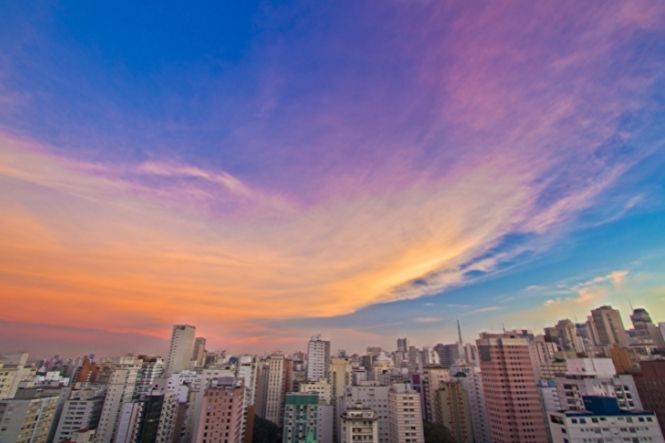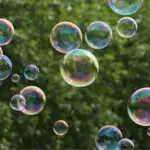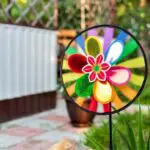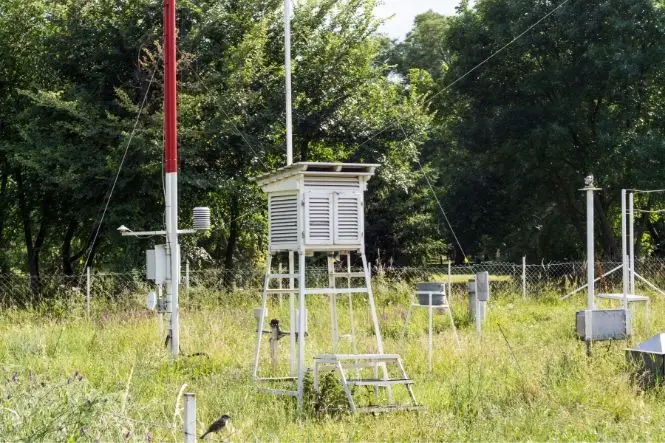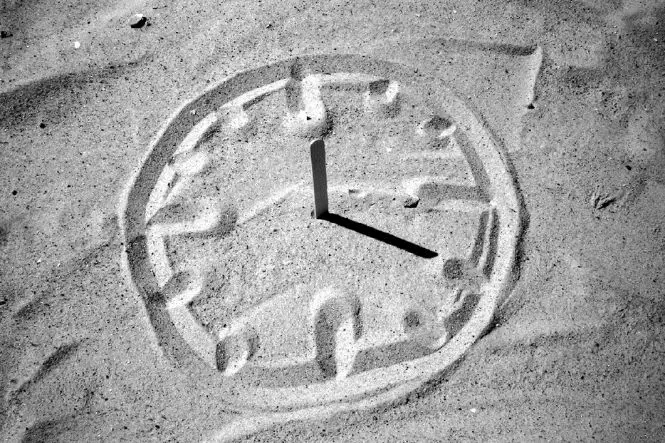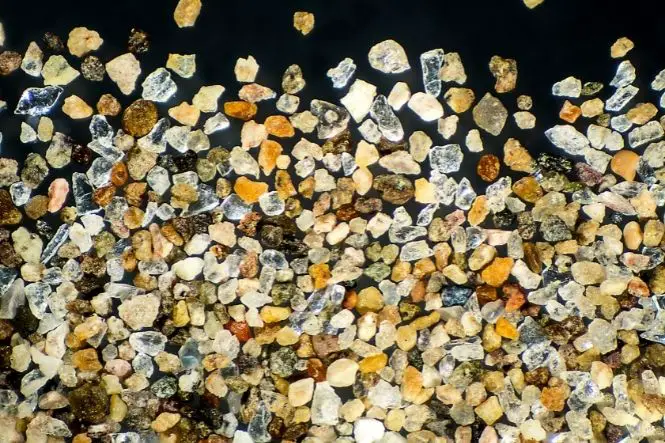White light is made up of a mixture of different colours (see ‘Making a Rainbow: Breaking Light Into Colour’). Light travels in waves, and different colours have different wavelengths.
Things seem a particular colour because of the light they reflect or scatter – a leaf appears green because it reflects green light.
Scattering Light
Shine a torch through an empty glass or bottle and look at the colour of the light in the bottle. Hold a piece of paper the other side of the bottle and look at the colour of light that has passed through. Fill the glass or bottle with water and shine the torch through it. What colour is the light passing in the bottle or glass, and what colour is the light on the paper? Add a drop or two of milk and mix it thoroughly, and shine the torch through it again – what happens to the light in the glass or bottle, and the light on the paper?
Particles in suspension reflect light – this is called the ‘Tyndall effect’ (think of how car headlights reflect off fog, which is a suspension of water droplets in air).
Light travels directly through water, with little reflection and scattering, and the colour does not change. Milk in water is a suspension of fat and protein particles in water (see ‘Ice Cream: Colloidal Chemistry’). The suspended particles should change the colour of the light in the bottle or glass to a bluish tinge, with the light on the paper having a reddish tinge.
The blue part of the light (shorter wavelength) from the torch should be reflected and scattered by the particles in the suspension, more than the red, orange and yellow parts of the light (longer wavelength). When this scattered light reaches people’s eyes, it makes the mixture seem blue, particularly at the edges. The particles allow more of the red, orange and yellow light through, so the light on the paper will have more of these colours in it.
The light at the centre of the glass or bottle may also seem to have a reddish tinge – this is because it has passed through more particles than the light at the edges, so more of the blue light has been scattered away.
Blue Skies
Air molecules also affect light. They absorb the light and then release (scatter) it in another direction. This is called the ‘Rayleigh effect’. Air molecules absorb and release blue light more often than red, orange and yellow light. As this light is scattered, it reaches people’s eyes, making the sky seem blue. The red, orange and yellow light carries straight on without being scattered by the air molecules, so people do not see as much of it.
Light from the horizon passes through more air, so is more likely to be scattered away, making the sky there seem paler.
Sunrise and Sunset
In the day, the light from the sun comes from above, so passes through less air, and has been scattered by fewer air molecules. In the morning and evening, the light from the sun comes from near the horizon, so it travels through a lot more of the atmosphere, and more of the blue and green light is scattered in different directions. By the time the light reaches people’s eyes, a lot of the blue and green light has been lost, and only the red, orange and yellow light is left, making the sky and clouds look red, orange and yellow.
The Tyndall effect also creates brightly coloured sunrises and sunsets, when water vapour and particles from pollution or volcanic eruptions reflect the red and orange light.

